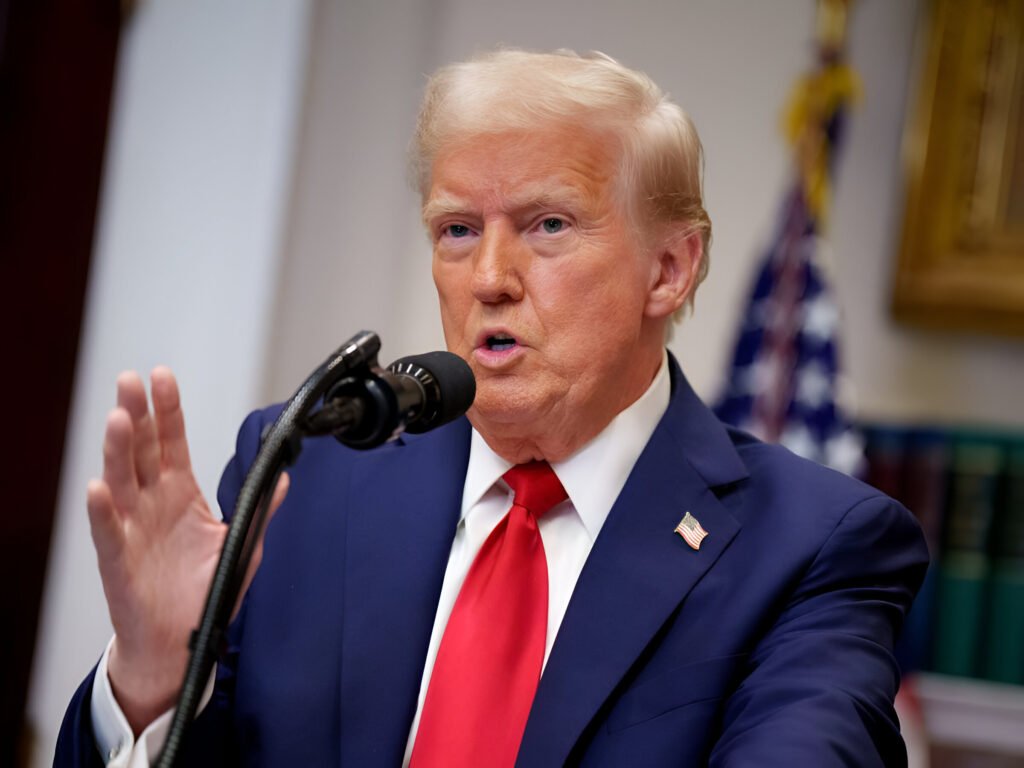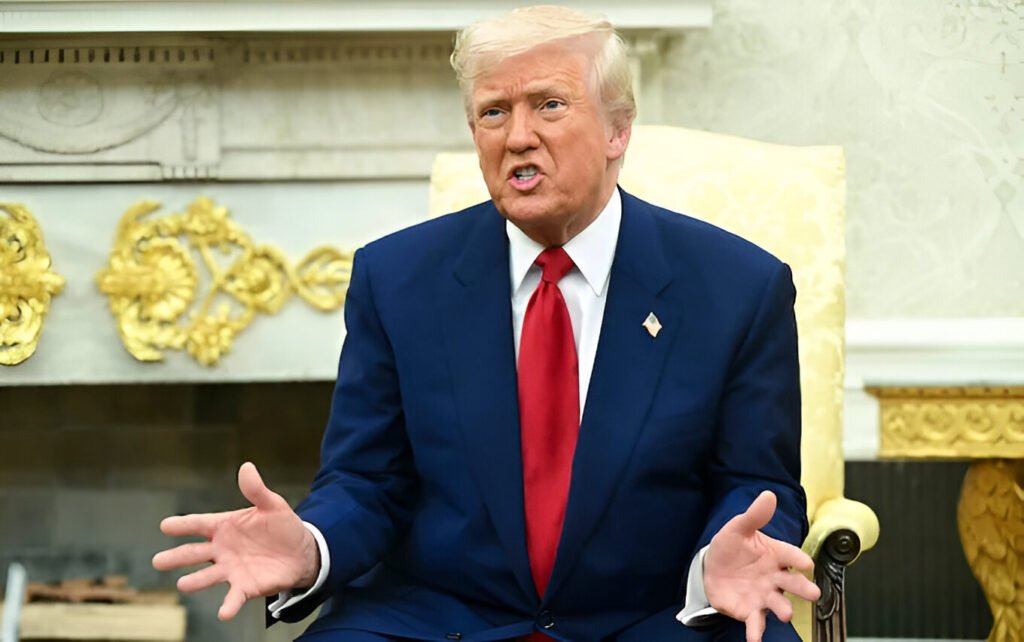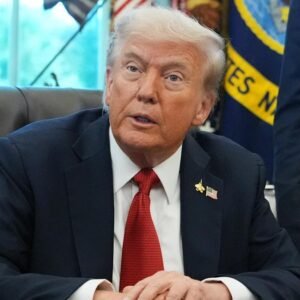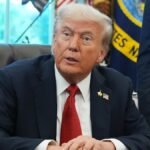
In recent times, global financial markets have been affected by significant instability, primarily because of the aggressive tariff policies implemented by U.S. President Donald Trump. Despite the ensuing market disturbance, President Trump has remained steady in his approach, stating the tariffs to necessary “medicine” for the economy. However, he has also expressed a willingness to engage in talks to address the escalating trade tensions.
The Onset of Tariff Measures
On April 6, 2025, President Trump announced imposing of sweeping tariffs, some reaching up to 50%, targeting a broad range of imported items. These measures were justified by the administration as steps necessary to rectify longstanding trade imbalances and protecting domestic industries. Trump emphasized that, although he does not desire for the market to decline, such actions are sometimes taken to “fix something.”
Market Reaction and Economic Implications
The immediate aftereffects of the tariff announcement saw a huge decline in global stock markets. Major indices in the world including the S&P 500, Dow Jones, and Nasdaq, experienced significant downfall, with futures predictions of 2-2.5% decline. European and Asian markets were similarly affected. Germany’s DAX fell around 6%, whereas Hong Kong’s Hang Seng plummeted by 13.2%, marking its worst performance after the Asian financial crisis.
Analysts have raised their doubts about the overall economic consequences because of these tariffs, it highlights potential disruptions to supply chains, reducing capital investment, and disturbs consumer spending. With an increase in cost of imports, it is likely to lead to higher prices for consumers, contributing to broader inflation pressures. Additionally, businesses which are facing high input costs may be forced to reduce their manpower or delayed expansion plans, potentially slowing their overall economic growth.
International Response and Retaliatory Measures
The international community has responded alarmingly to the U.S. tariff measures. China, in particular, has implemented counter tariffs, including a 34% tariff on all U.S. imports,which further escalates trade tensions between them. European nations and other U.S. trading partners have also been willing to pursue countermeasures, raising fears of a full-throttle trade war.

The European Commission condemned the tariffs as a “major blow” and indicated their readiness to counter this appropriately. Similarly, leaders from various countries such as Canada and Mexico have raised strong opposition, with Canadian Prime Minister Mark Carney giving statement that Canada is prepared to implement “retaliatory measures” in response to the U.S. actions on them.
President Trump’s Stance and Readiness to Negotiate
Despite the increasing criticism and market instability, President Trump has remained steady in his tariff strategy, showcasing that these measures are importan to correct unfair trade practices and reduce the U.S. trade difference. He has made balance between the tariffs and taking medicine, suggesting that short-term economic discomfort is a solution for long-term health.
However, President Trump has also indicated a willingness to indulge in conversations with affected nations. He has indicated that these discussions could lead to adjustments in tariff policies, provided that trading partners should address U.S. concerns regarding trade imbalances and unfair practices that were going on. His willingness to negotiate offers a potential gateway to de-escalate tensions and addressing further economic fallout.
Conclusion
The current scenario of global trade is marked by high uncertainty, with heavy tariff implementations leading to further market disruptions and straining their international relations. While President Trump’s administration views these tariffs as measures which are important, the opposite reactions from global markets and trading partners undermine the complex nature and risks involved in such a strategy. The potential for negotiations offers a glimmer of hope for resolving these ongoing tensions, but the path ahead remains uncertain with existing challenges. As the situation evolves, stakeholders worldwide will be closely monitoring further developments, hoping for resolutions that cater to such economic stability and growth.









